It's spring-festival time in Alexandria. In honor of the goddess Isis, one of the most important Egyptian deities, there's going to be a splendid procession from the Temple of Isis to the harbour. Quintus is invited along to watch by Aristo, a friend of Barbillus who then invites both Quintus and Aristo on a hunting expedition.
Digital Activities
These sections have been moved to the Cambridge Elevate platform. Please click below to go to Elevate. Elevate
WebBooks
The Stories
Practising the Language
Please note: the Cultural Background weblinks section has been removed.

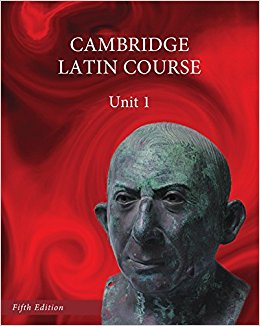












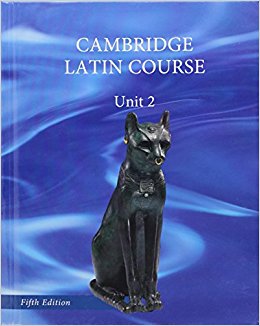








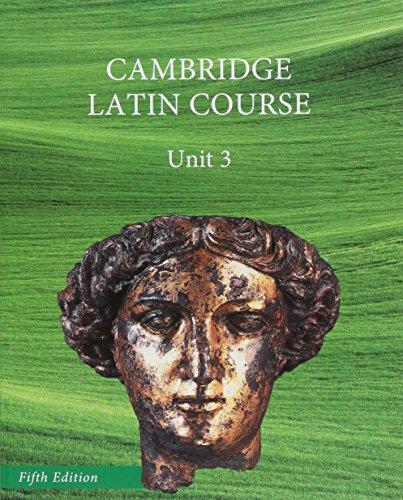













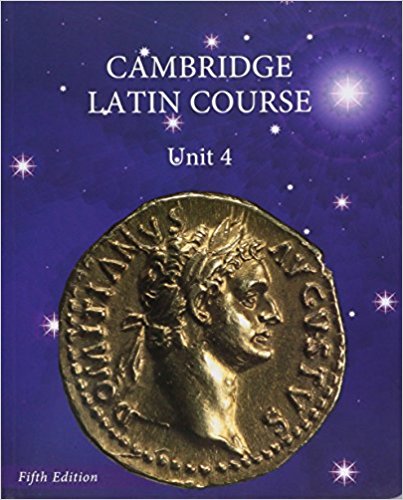














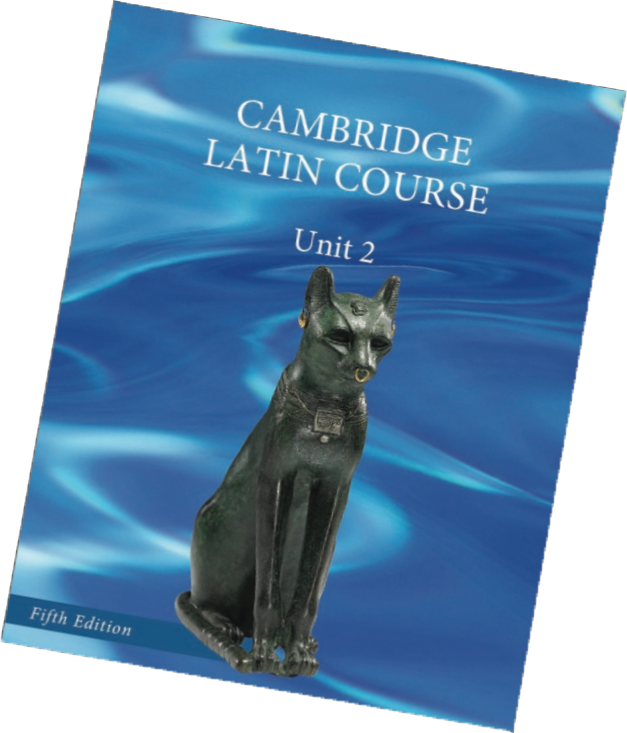

 CSCP on Twitter
CSCP on Twitter